After more than 40 years of storage, the two lotus and conch artifacts on the Tara Bodhisattva statue were handed over to the cultural sector by the people.
On the afternoon of December 9, Quang Nam Museum handed over two bronze snail and lotus details attached to the statue of Bodhisattva Tara Dong Duong to the Museum of Cham Sculpture, Da Nang City.
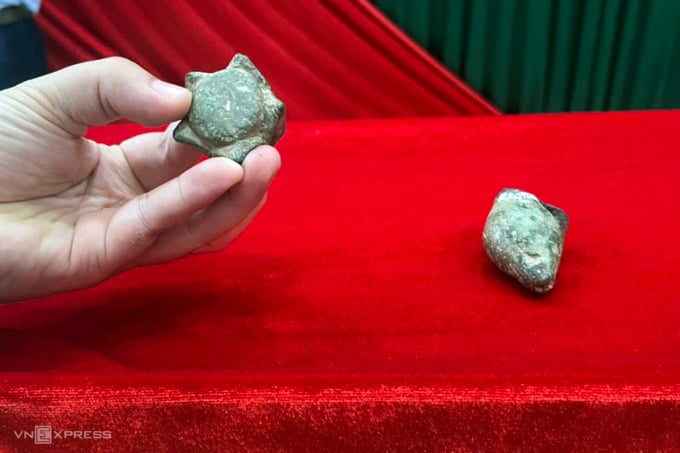
The two details of the shock and lotus belong to the statue of Bodhisattva Tara Dong Duong. Photo: Dac Thanh
The Bodhisattva Tara statue is one of the most important artifacts in the rich and valuable collection of artifacts of the Da Nang Museum of Cham Sculpture. This is a national treasure recognized by the Prime Minister in the first batch of 2012.
In August 1978, a resident of Dong Duong village (Binh Dinh Bac commune, Thang Binh, Quang Nam ) accidentally discovered a precious statue while collecting Cham bricks from Dong Duong Buddhist monastery to build a house. The statue was buried 3 meters deep under Sang tower, the only remaining tower in what used to be the largest Buddhist monastery in Southeast Asia in the 9th century.
The 114 cm tall bronze statue, in the shape of Bodhisattva Laksmindra Lokesvara (also known as Bodhisattva Tara), remains intact after more than a thousand years deep underground.
The eyes and forehead of the statue are inlaid with precious stones, the expression is both solemn and holy but also wild and worldly. The upper body of the statue is bare, the lower body is covered with a double layer of sarong, hugging the hips and thighs to the ankles. The statue's right hand is spread out to hold a lotus bud, the left hand holds a blooming lotus. This is considered a unique statue dating back a thousand years and has the highest artistic value.
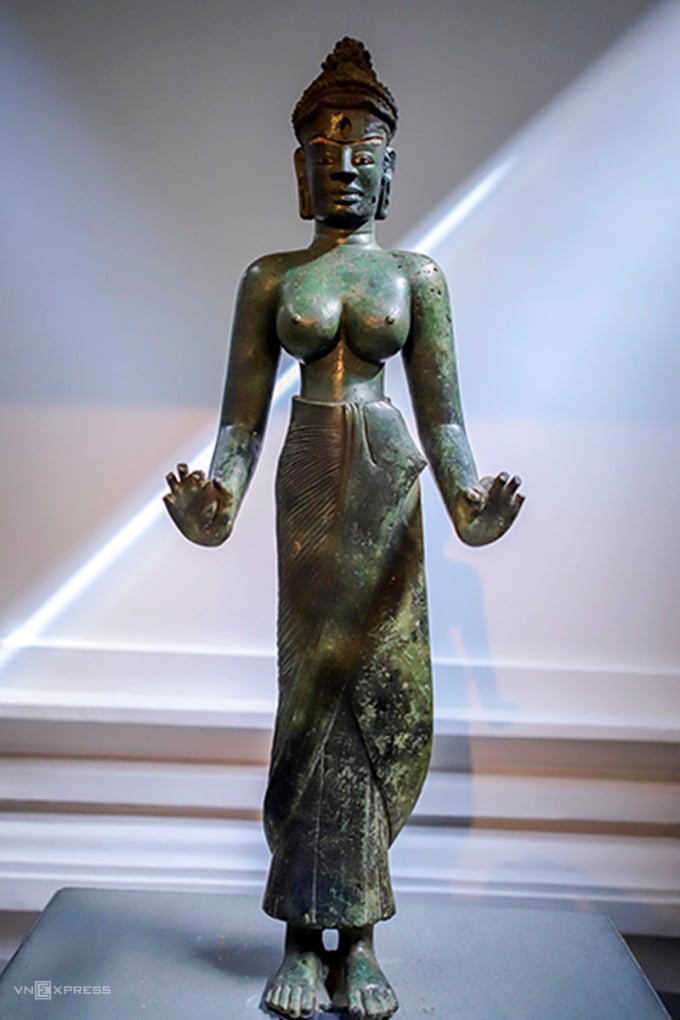
The statue of Bodhisattva Tara on display at the Da Nang Museum of Cham Sculpture is missing the lotus and the snail. Photo: Nguyen Dong
After being discovered, the statue was carefully hidden by the Dong Duong villagers and considered as a common treasure of the whole village. After many disputes between the government and the villagers, the statue was finally brought to the Da Nang City Museum of Cham Sculpture. However, the villagers removed the lotus and the snail in the hand of Bodhisattva Tara for safekeeping.
Authorities requested it many times, but it was not until 2019 that the people agreed to return the two sacred objects to the Quang Nam Museum. The two localities then agreed to transfer the two details of the statue to Da Nang for management.
"The transfer of these two details to the Cham Sculpture Museum will complete the treasure and best promote its historical, cultural and scientific value," said Mr. Nguyen Thanh Hong, Director of the Department of Culture, Sports and Tourism of Quang Nam.
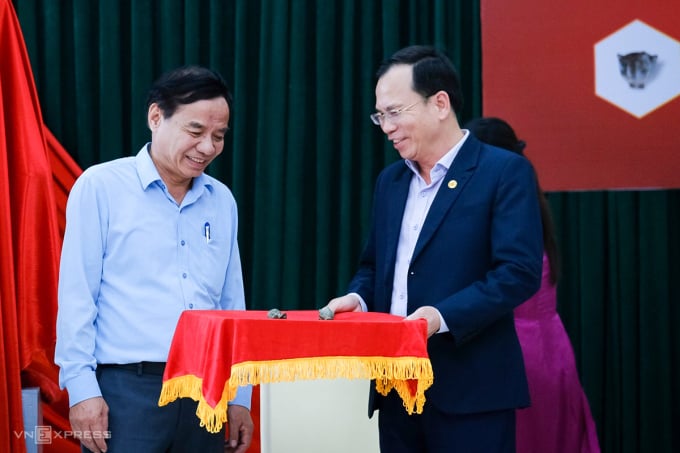
Mr. Nguyen Thanh Hong, Director of the Department of Culture, Sports and Tourism of Quang Nam (right) handed over two details of the Bodhisattva Tara artifact to Mr. Ha Vy. Photo: Dac Thanh
Deputy Director of the Department of Culture and Sports of Da Nang City, Ha Vy, assessed the Tara Bodhisattva statue as the most important artifact of the Cham Sculpture Museum. For a long time, the statue was missing two important details, reducing the value of the artifact.
"The snail and the lotus are two magical objects symbolizing purity, love and fertility, the hope of all creatures in the world. The two details were brought back to the original statue to help complete the treasure and Cham cultural heritage," said Mr. Vy.
Leaders of the Department of Culture and Sports of Da Nang said that in the coming time, they will promote the complete statue of Bodhisattva Tara Dong Duong to help people and tourists learn more about the artifact as well as the Cham culture in Da Nang and Quang Nam.
"We plan to complete the overall exhibit with appropriate techniques, carefully researching the connection. Including the 3D combined display plan," Mr. Vy added.
According to many documents about the history of the Champa Kingdom, in 875, King Indravarman II built a Buddhist monastery and a temple to worship the Bodhisattva who protected the dynasty, named Tara, an incarnation of Bodhisattva Avalokiteshvara. According to Buddhist legend, the holy woman Tara has a heart of great compassion and power to save. Moved by the suffering of the world, Bodhisattva Avalokiteshvara once shed tears and merged into a new incarnation named Tara.
The name of the new capital was Indrapura, also known as the city of thunder, built on the land of Dong Duong village today. This was also the only period in Champa history when Buddhism flourished and was respected more than other religions.
Dac Thanh - Nguyen Dong
Source link



![[Photo] Close-up of Tang Long Bridge, Thu Duc City after repairing rutting](https://vphoto.vietnam.vn/thumb/1200x675/vietnam/resource/IMAGE/2025/5/19/086736d9d11f43198f5bd8d78df9bd41)
![[Photo] General Secretary To Lam attends the conference to review 10 years of implementing Directive No. 05 of the Politburo and evaluate the results of implementing Regulation No. 09 of the Central Public Security Party Committee.](https://vphoto.vietnam.vn/thumb/1200x675/vietnam/resource/IMAGE/2025/5/19/2f44458c655a4403acd7929dbbfa5039)

![[Photo] Panorama of the Opening Ceremony of the 43rd Nhan Dan Newspaper National Table Tennis Championship](https://vphoto.vietnam.vn/thumb/1200x675/vietnam/resource/IMAGE/2025/5/19/5e22950340b941309280448198bcf1d9)
![[Photo] President Luong Cuong presents the 40-year Party membership badge to Chief of the Office of the President Le Khanh Hai](https://vphoto.vietnam.vn/thumb/1200x675/vietnam/resource/IMAGE/2025/5/19/a22bc55dd7bf4a2ab7e3958d32282c15)
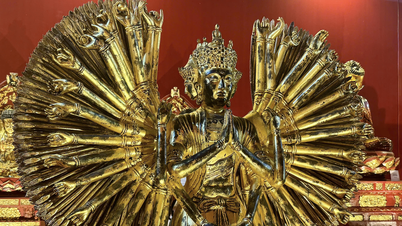



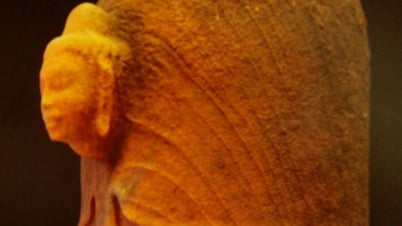



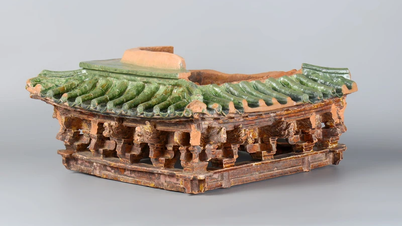



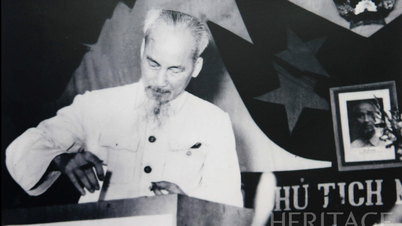



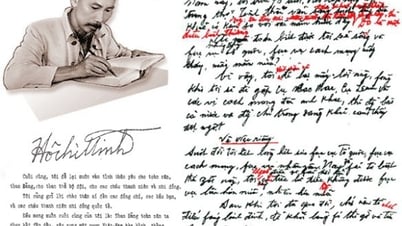




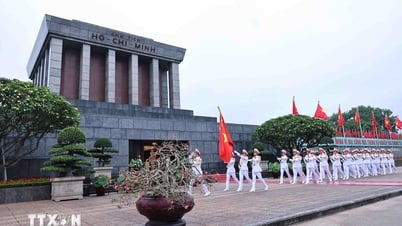











![[Photo] Prime Minister Pham Minh Chinh inspects the progress of the National Exhibition and Fair Center project](https://vphoto.vietnam.vn/thumb/1200x675/vietnam/resource/IMAGE/2025/5/19/35189ac8807140d897ad2b7d2583fbae)






















































![[VIDEO] - Enhancing the value of Quang Nam OCOP products through trade connections](https://vphoto.vietnam.vn/thumb/402x226/vietnam/resource/IMAGE/2025/5/17/5be5b5fff1f14914986fad159097a677)



Comment (0)